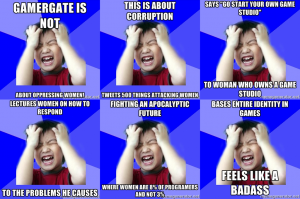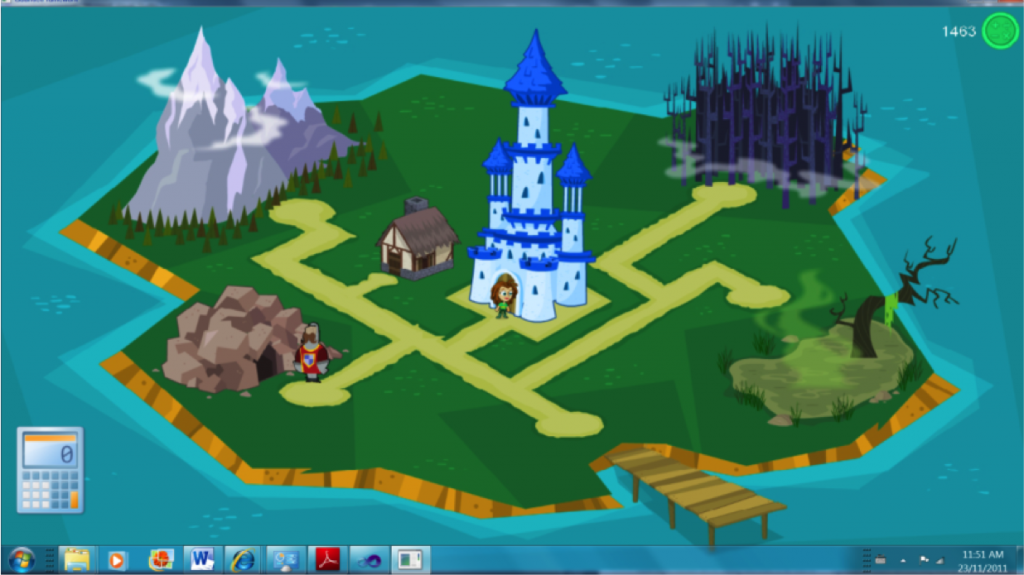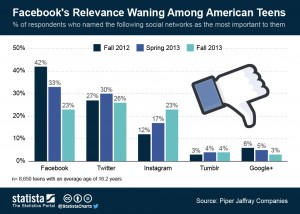Research Stories: A Graduate Forum
How We Learn Media and Technology (across the lifespan)
Department of Curriculum and Pedagogy
University of British Columbia
Wednesday, November 19, 2014
10:00-11:30 Scarfe 1209
Year of Research in Education event
GIRLS DESIGNING GAMES, MEDIA, ROBOTS, SELVES, AND CULTURE
Paula (PJ) MacDowell
University of British Columbia
This research involved 30 co-researchers, girls aged 10–13, who were recruited into 101 Technology Fun, a series of intensive research camps offering learning labs in game design, video production, and robotics. Utilizing design-based and participatory techniques, including artifact production, mindscripting, and storymaking, this research examines how girls, through their artifact making and designerly practices, story themselves and express their understandings of technology. Highlighting the importance for girls’ voices to be recognized and given influence in research concerning their lives and learning circumstances, findings focus on the catalytic or generative artifacts and “little stories” that reveal how a team of girls analyze their experiences of girlhood-in-interaction-with technology.
MIGRANT MEXICAN YOUTH IN THE PACIFIC NORTWEST
Mike D. Boyer
Boise State University
What are the stories of migrant, undocumented Mexican youth, as they struggle with language and acculturation in the English-speaking rural Northwest? As Michael Boyer describes, his own study of a set of such stories takes as its starting point narratives written and illustrated by students in his grade 7-12 ESL classroom some 10 years ago. Of course, these stories subsequently diverge as they continue to the present, and as these former students, now adults, connect back to their earlier experiences and reflect on the relation of these experiences to the present. The collection and investigation of these stories, new and old, and their relationship to past realities and future possibilities offers startling insights into the experiences of those othered and marginalized as “immigrant Hispanic children” in America. At the same time, it also entails the creative combination or a range of narratological, political and cultural categories and modes of analysis.
DESIGNING THINGS, PRACTICES AND CONCERN FOR THE GOOD LIFE
Yu-Ling Lee
University of British Columbia
This research examines the complex relationship between design, the sacred and online learning, framed by matters of concern. It is the culmination of a yearlong ethnographic research project in the lives of Christian undergraduate students in Vancouver. Focal concerns in the form of things and practices have disclosive power if they are designed for the good life. The task of the designer, then, is to purposefully move away from matters of fact towards matters of concern. The interviews were open-ended and based on a loosely structured set of questions about faith background, Internet usage, online spiritual experiences, and other factors. Conversations and participant observations were then analyzed as matters of concern.

 Follow
Follow











